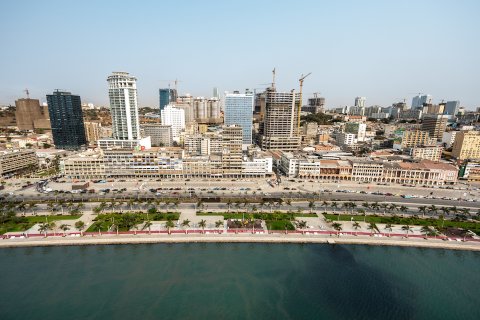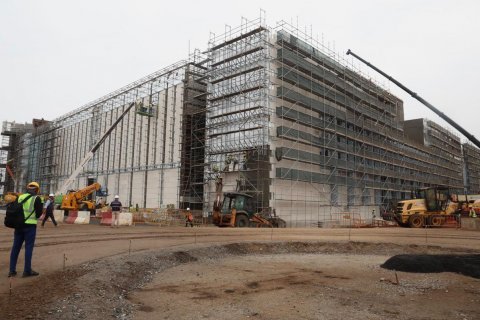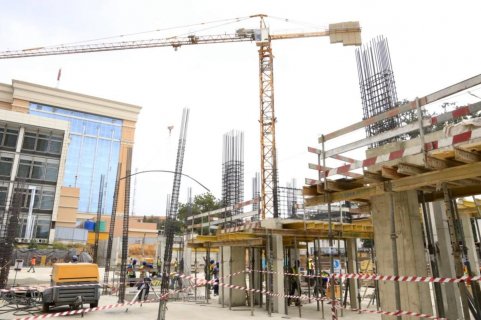"Angola is expected to register significant declines in oil production during our forecast period due to the lack of major projects coming on line", write analysts from Fitch Solutions, a consultancy owned by the same owners of the financial rating agency Fitch Ratings.
In an analysis of the evolution of oil in sub-Saharan Africa, sent to customers and to which Lusa had access, the consultants write that "the negative growth in Angola, the second largest producer in the region, will contribute to the drop in regional production, with depleted fields and the natural rates of decline causing Angola to slow growth to 2.7 percent this year, after a temporary growth of 4.2 percent in 2022", reaching the beginning of the next decade with less 250 thousand barrels of what it currently produces.
Fitch Solutions does not present specific data for each country, only showing graphs that allow the conclusion that oil production in Angola will be around 250 thousand barrels per day below current production - the numbers sent by Luanda to the Organization of Petroleum Exporting Countries ( OPEC) point to a production of 1.1 million barrels per day, on average, last year.
Production declines in Nigeria and Angola mean that "production of crude oil, liquefied natural gas and other liquids in the region is expected to decline by 0.9 percent this year, mainly due to a sharp decline in production in Nigeria, the largest producer of oil in sub-Saharan Africa, which has been significantly affected by falling investment and lack of maintenance at key wells".
Thus, the drop in production in Nigeria is expected to be 4.6 percent this year, influencing the region's production as a whole, a scenario that should not change in the coming years.
"In the long term, our regional oil production forecast points to countries continuing to struggle to return to pre-pandemic production levels, due to the natural decline of some of the largest wells and the lack of investment in recent years. ", write the analysts, noting that new investments are critical for the region.
The start-up of new oil wells in new markets in the region will keep the evolution of production on positive ground in the coming years, reaching a maximum of 4.54 million barrels per day in 2029, before falling to 4.13 million in 2032 , writes Fitch Solutions, noting that "most of the growth will center around new discoveries in Uganda, Kenya and Senegal.
"Without these new markets, oil production in the region would fall, in total, with maturing wells leading to a drop in production, with the fiscal environment and the reduction in exploration potential lowering investment", they write.
For Equatorial Guinea, Fitch Solutions estimates that production by 2031 will be around 20,000 barrels of oil below the current level, which last year was 81,000 barrels per day, down from the 93,000 barrels that authorities told OPEC. have produced.
Fitch Solutions analysis of crude oil and gas production in sub-Saharan Africa includes Angola, Cameroon, Chad, Congo, Cote d'Ivoire, Democratic Republic of Congo, Equatorial Guinea, Ethiopia, Gabon, Ghana, Kenya, Mauritania, Mozambique, Niger, Nigeria , Senegal, South Africa, Sudan, South Sudan, Tanzania and Uganda.







